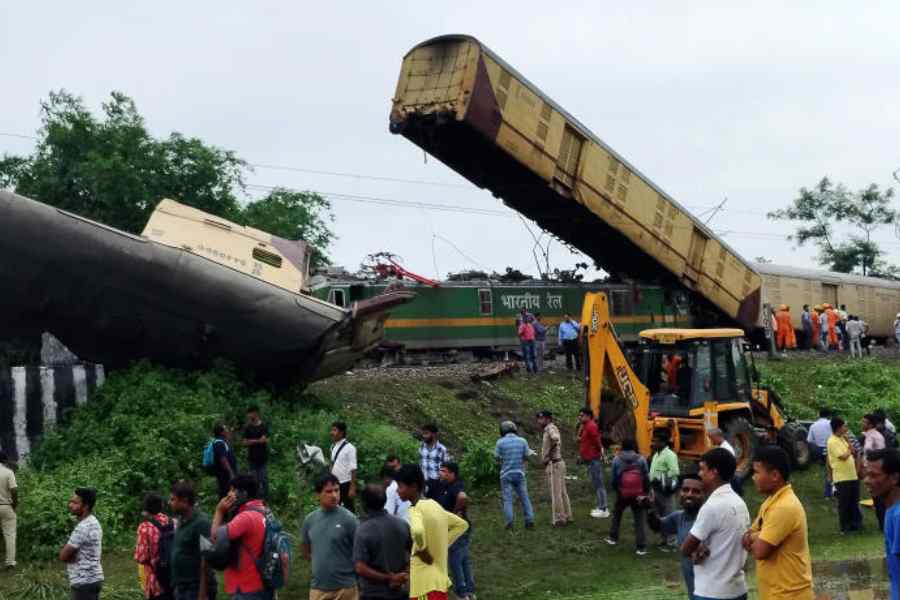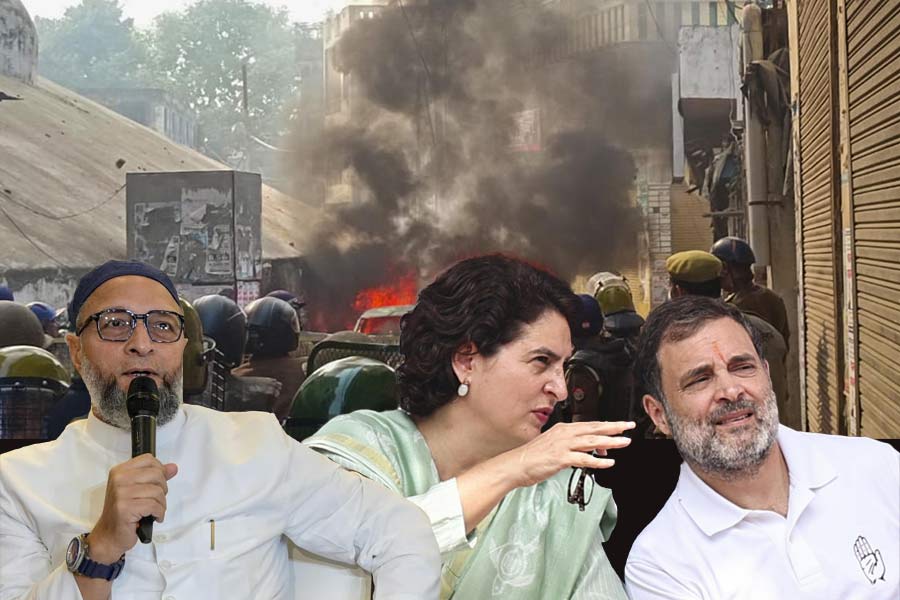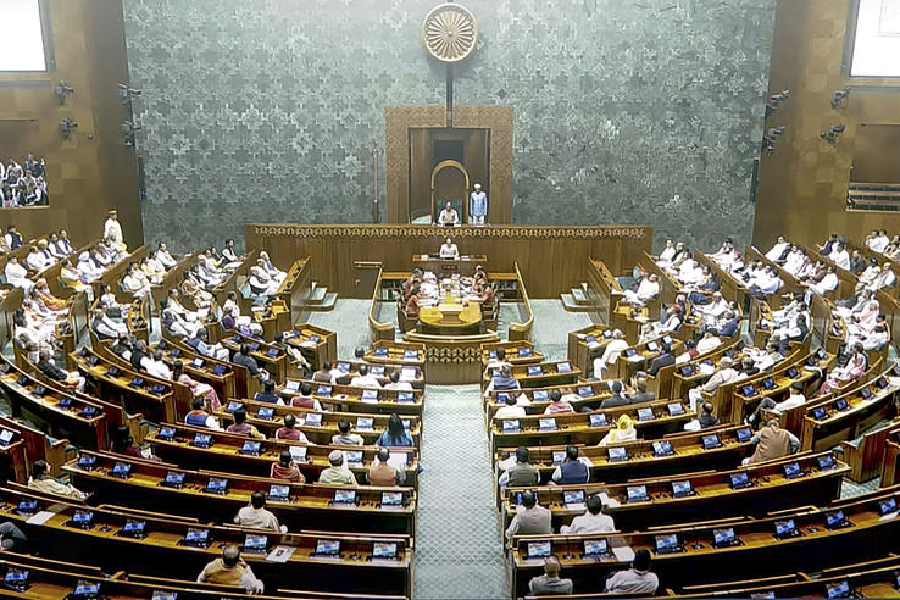A malfunctioning signal system and a possible human error in disregarding safety protocols could have combined to cause the train crash at Rangapani, senior railway officials said on Tuesday.
Ten people have suffered serious injuries while 32 have suffered minor injuries in the accident that killed at least 10, a railway spokesperson said.
Drivers of the Kanchenjunga Express and the goods train involved in the accident were issued T/A 912, a written protocol mandate that authorises trains to pass all the red signals because of a defect in the signalling system. However, railway officials
said safety measures should be adhered to while crossing the signals.
“It is possible that after getting the protocol mandate, the driver of the goods train misinterpreted it as crossing all signals at normal speed,” said a senior official.
In railway parlance, an automatic signal is “ON” when it is not working.
The Indian Railways manual on general rules under the section “Duties of driver and guard when an automatic stop signal on double line is to be passed at ‘ON’” says: “When a driver passes an automatic stop signal at ‘ON’ either on double line or single line he shall proceed with great caution at a speed never exceeding 15 KMPH even if the visibility may be quite clear. He shall go on proceeding with such caution, looking out for any possible instruction and be prepared to stop short of the same until he reaches near the obstruction or near the next automatic signal as the case may be even if the signal may from any distance be seen exhibiting OFF aspect.”
The manual adds: “When a driver finds an automatic stop signal with an ‘A’ marker at ‘ON’, he shall bring his train to a stop in the rear of the signal. After bringing his train to a stop in the rear of the signal, the driver shall wait there for one minute by day and two minutes by night. If after waiting for this period, the signal continues to remain at ‘ON’, he shall give the prescribed code of whistle and exchange signals with the guard and then proceed ahead, as far as the line is clear, towards the next stop signal in advance exercising great caution so as to stop short of any obstruction.”
According to railway sources, the automatic signalling system between Rangapani and Chattarhat had malfunctioned because of rain and had not been repaired in over three hours.
“The station master of Rangapani station handed over T/A 912 to the driver of the Kanchanjunga Express at 8.20am and to the driver of the goods train at 8.35am,” said an official of the North East Frontier Railway, the zone under which the accident took place, about 10km from NJP.
“So, there was a gap of 15 minutes between the handing over of T/A 912 to both drivers,” he said.
T/A 912 mentions nine signals and a level crossing.
According to officials, the Kanchenjunga Express had stopped after crossing all nine signals when the goods train hit it from behind at 8.55am. The driver of the goods train and the guard of the Kanchenjunga Express were killed in the accident.
“If both trains were following the safety protocols, the accident should not have happened,” said a senior rail official. He said the probe would look into whether the drivers of both trains maintained the protocols of speed limit and stopping at signals.
Some railway officials said that during such long hours of automatic signal malfunctioning, the system can be converted to an old block signalling system in which a train is cleared to move from one station only when the train ahead of it has reached the next station.
“This can be done if the signalling department engineers alert traffic department officials that the repair work might take long. The traffic department officials then temporarily run trains in that stretch in the old block signalling system. If it was done here, the accident could have been averted,” he pointed out.











